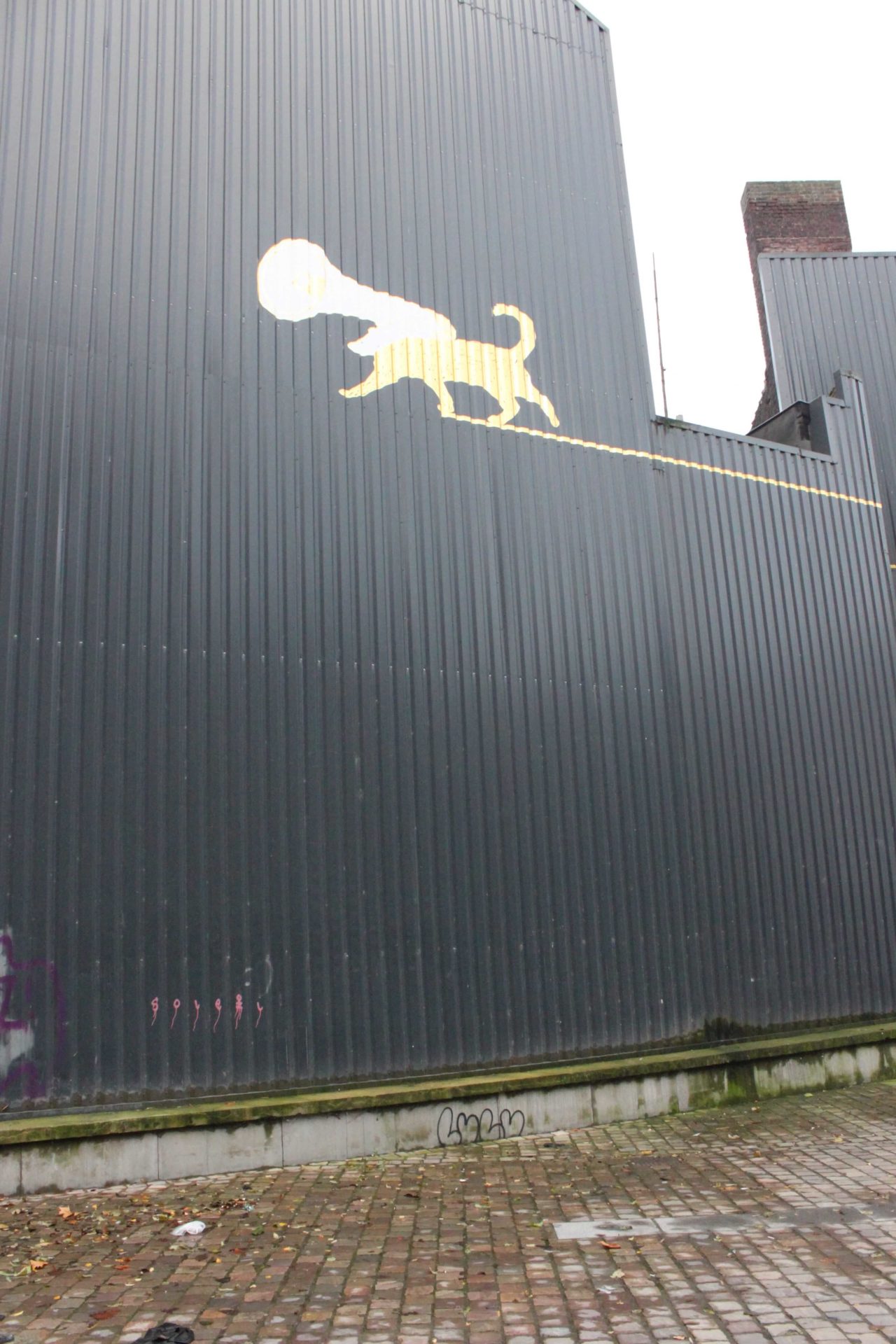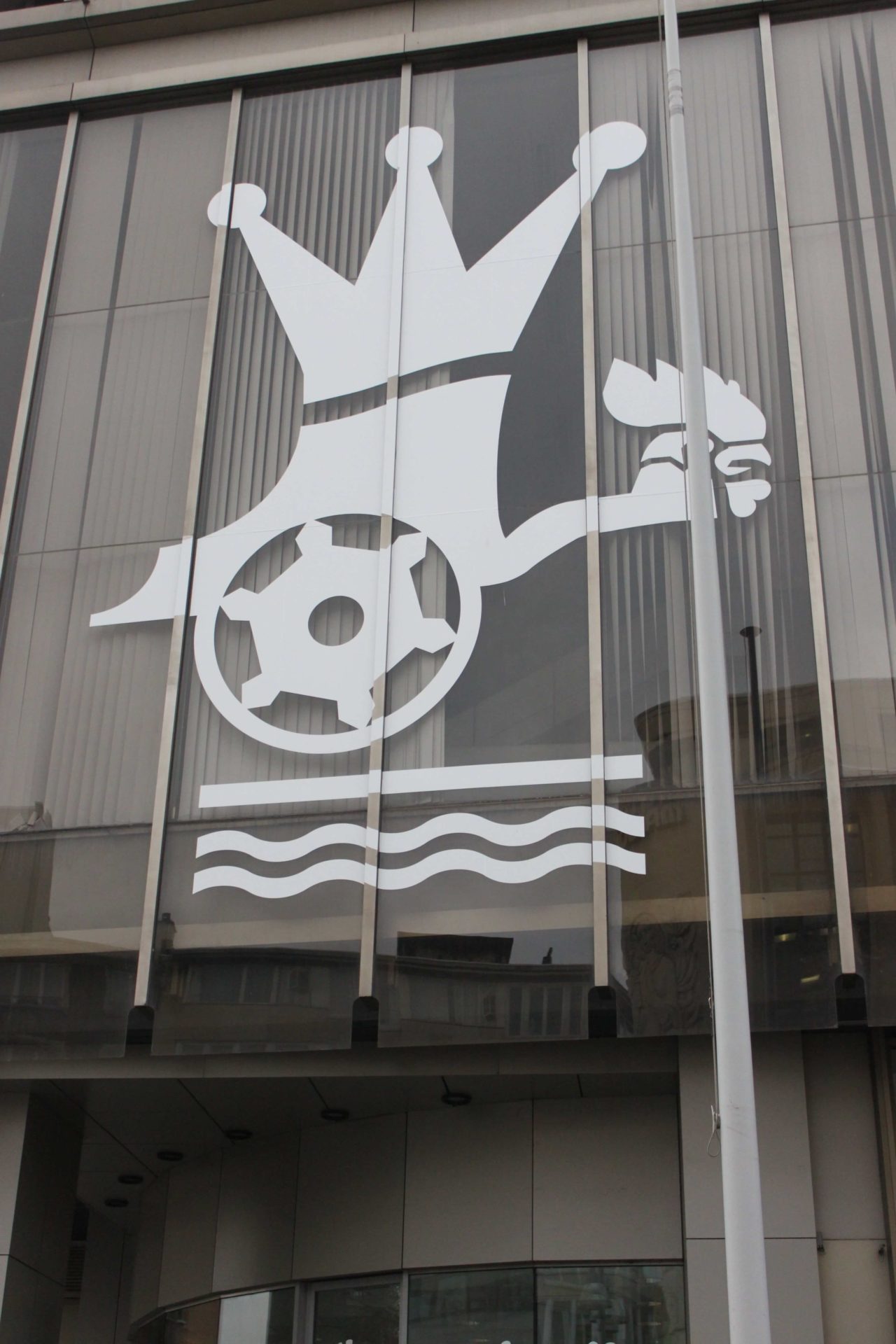Charleroi – Capital of Street Art and much more
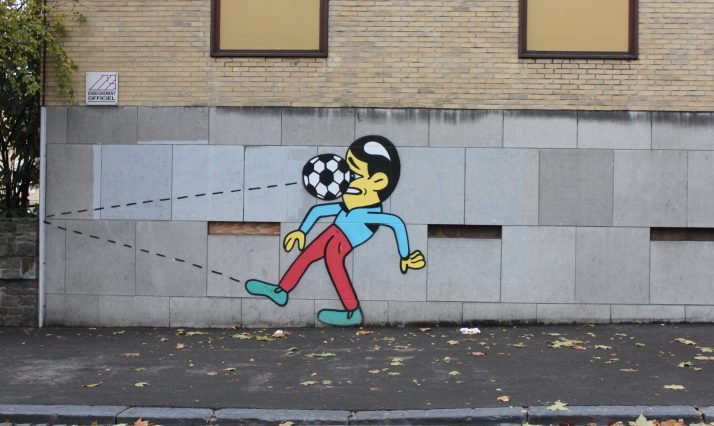
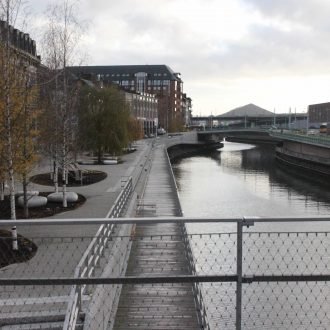
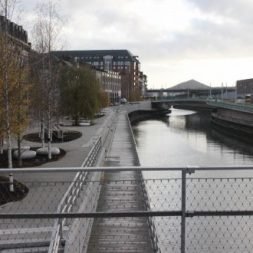
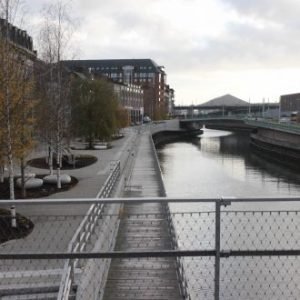
On Friday the 8th of December, Danish Cultural Institute visited the biggest city in Belgian Wallonia, Charleroi. For most people, Wallonia’s industrial past is the first thing that comes to mind. Indeed, Charleroi is also formerly known as ‘Pays Noir’, which directly translates to black land or ‘Coal Country’. The area has a history of being the biggest coal basin in Belgium during the 19th century, supplying to the emerging, heavy industry, and once among the most powerful cities in Europe because of its coal, steel, wood, and glass resources. However, Charleroi is much more than that.
The city went into industrial decline from 1970-80s and the last Belgian mine closed in 1984. Currently, with a population slightly above 200,000, the city experiences a rapid development and is bursting with initiatives to regenerate and revitalize itself. With new architectural projects and a complete renovation of the city center due in 2020, the aim is to attract both more people and businesses.
Contributing to the story of a city in the (re)making, Charleroi is also a cultural rocket filled with graffiti and urban art. Shapes, colors, and scenes are painted on concrete walls, pillars holding up the ring surrounding the city and even on Art Nouveau architecture, an earlier artistic style of Charleroi and its suburbs. The graffiti depicts scenarios, cartoons, or other recognizable figures that either witness of its industrial past or look forward to a brighter future for the Carolos, the inhabitants of Charleroi.
Beneath the surface, Charleroi is a treasure chest of cultural institutions, which honor the cultural heritage and witness of an untapped potential. Danish Cultural Institute visited the following:
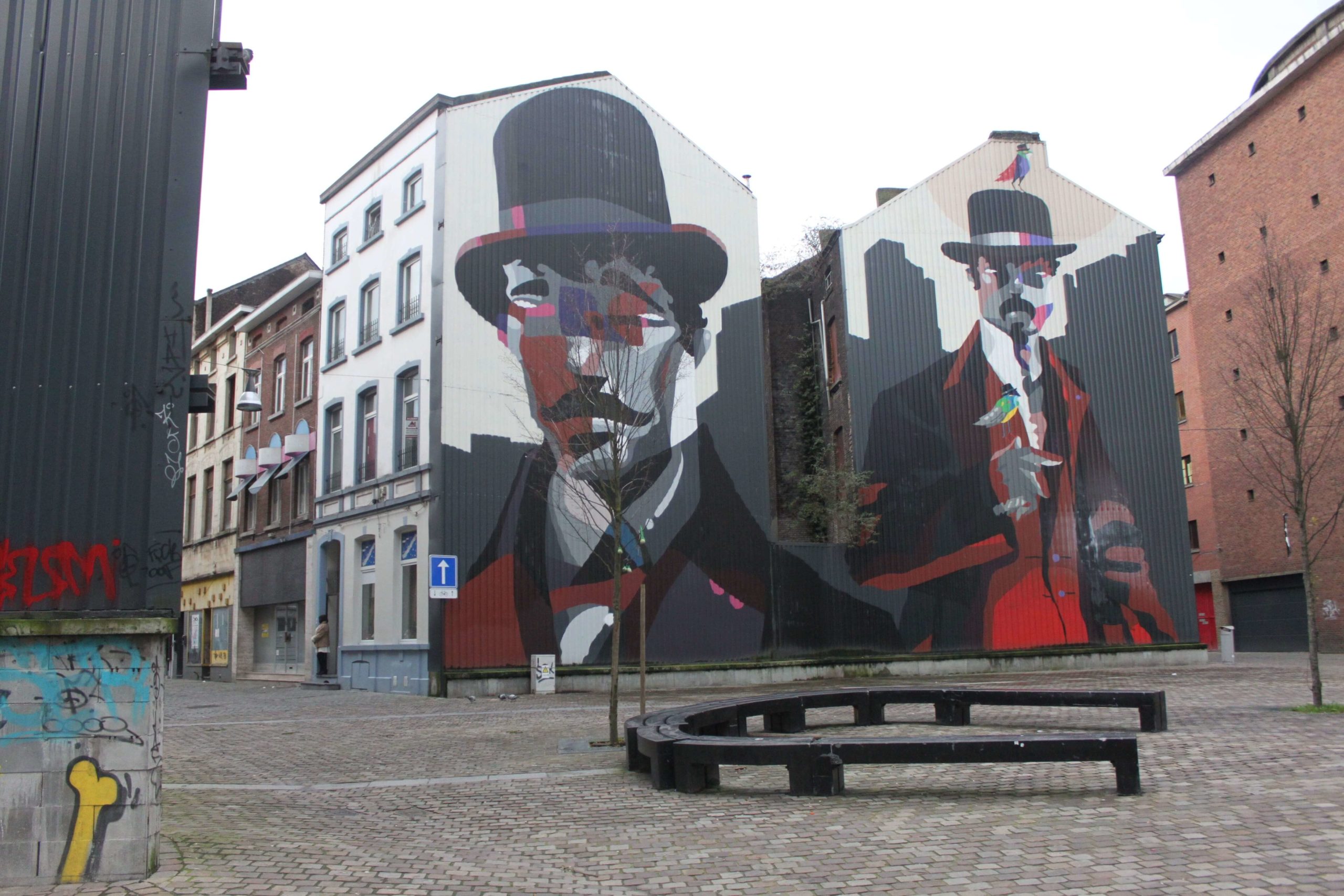
Quai10
Opened in January 2017, 10 Quai Rimbaud is in front of the train station in the building of the former National Bank. Previously known as Ciné Le Parc, the cultural center is more than a cinema with an open and interactive display of video games for all ages in its cave under the hall and brasserie. Quai10 has a film program elaborated for teaching and pedagogical purposes.
Le Vecteur
The project, Le Vecteur, was born 8 years ago. With a zebra-striped façade in black and white, representing the colors of Charleroi, this cultural space hosts concerts, cartoon workshops, exhibitions, literature events, including the literary festival Livresse, and is a real hub for cultural happenings and events of the atypical, adventurous and multidisciplinary kind. Le Vecteur also has residencies for international visual and comics artists as well as writers for two months at a time.
Théatre de l’Ancre
The avant-garde Anchor theatre, ornamented by octopus tentacles, turned 50 years in 2017. On this occasion, the theater received a considerable state support for a renovation and modernization with the expansion of the theatre into the neighboring houses and the construction of a second stage. The theatre hosts residencies, readings, aperitifs and ateliers. In September, the anniversary was celebrated in the garden of the theater (see photos) and under le petit ring, the traffic way, surrounding Charleroi center.
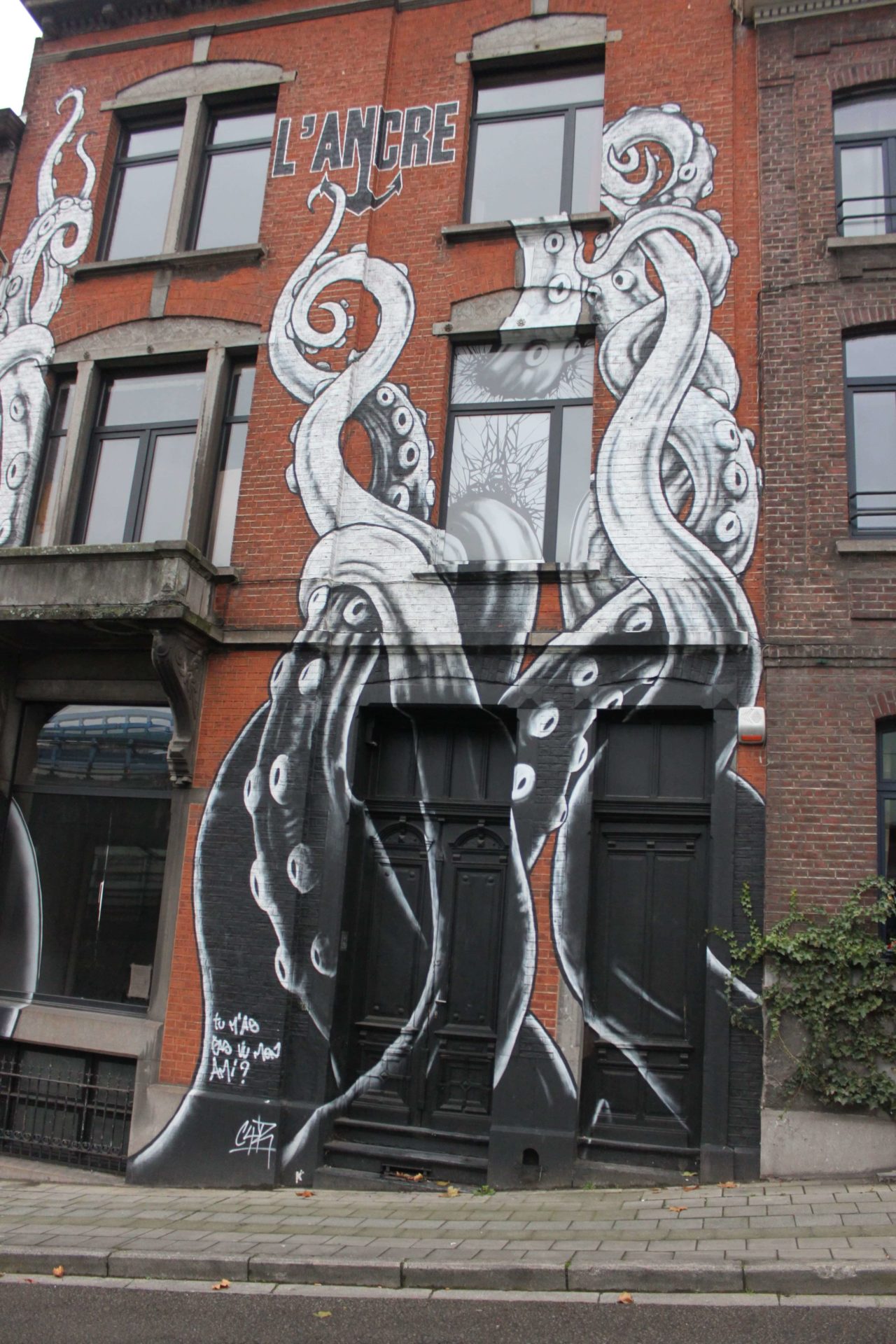
Eden
Located on the premises of the former theater Eden, hence the name, the new version is a regional center for culture and theater. Many of the projects are socially engaged and invested in gathering citizens to create a common history. An example is the folklore event, invented just a couple of years ago, named Grande, récolte des idées noires (harvest of negative energy) during the carnival. Bad thoughts are put on paper – one way or another – and burned by the end of Mardi Gras before Spring begins in a big, wooden raven. In addition, Eden hosts hip-hop-battles, poetry-slam, theater, and concerts.
Palais des beaux arts (PBA)
The PBA is one of the most outstanding buildings of Charleroi, and the art déco–palais celebrated its 60th anniversary in 2017. The Salle de Spectacle presents plays, operas, circus-performances, ballets, and musicals with a total capacity of 1800 spectators. The classic by Jacques Demy and music by Michel Legrand, Les Parapluies de Cherbourg premiered the 15th of December 2017. The other hall, la Salle de Congrès is intended for smaller audiences and ideal for chamber music ensembles. The fresco above the scene is painted by Belgian painter Magritte in 1954.
Musée des Beaux-Arts (MBArts)
Focussing on people and societal development of Charleroi, the region and all of Wallonia, the museum of fine arts exhibits several modern pieces as well as classics of Belgian painting from the 19th and 20th century, including some interesting pieces by René Magritte, who spent a great deal of his childhood in Charleroi, but also Pierre Paulus Fumées (1930) or Jean-Francois Portaels Portrait de jeune Nord-Africaine(1874). The museum is currently housed in the same building as PBA and some of it also on the second floor of Hôtel de Ville. In September 2018, MBArts will move to the former horse stables of the city’s barracks from 1887 (Écuries de la Caserne Defeld).
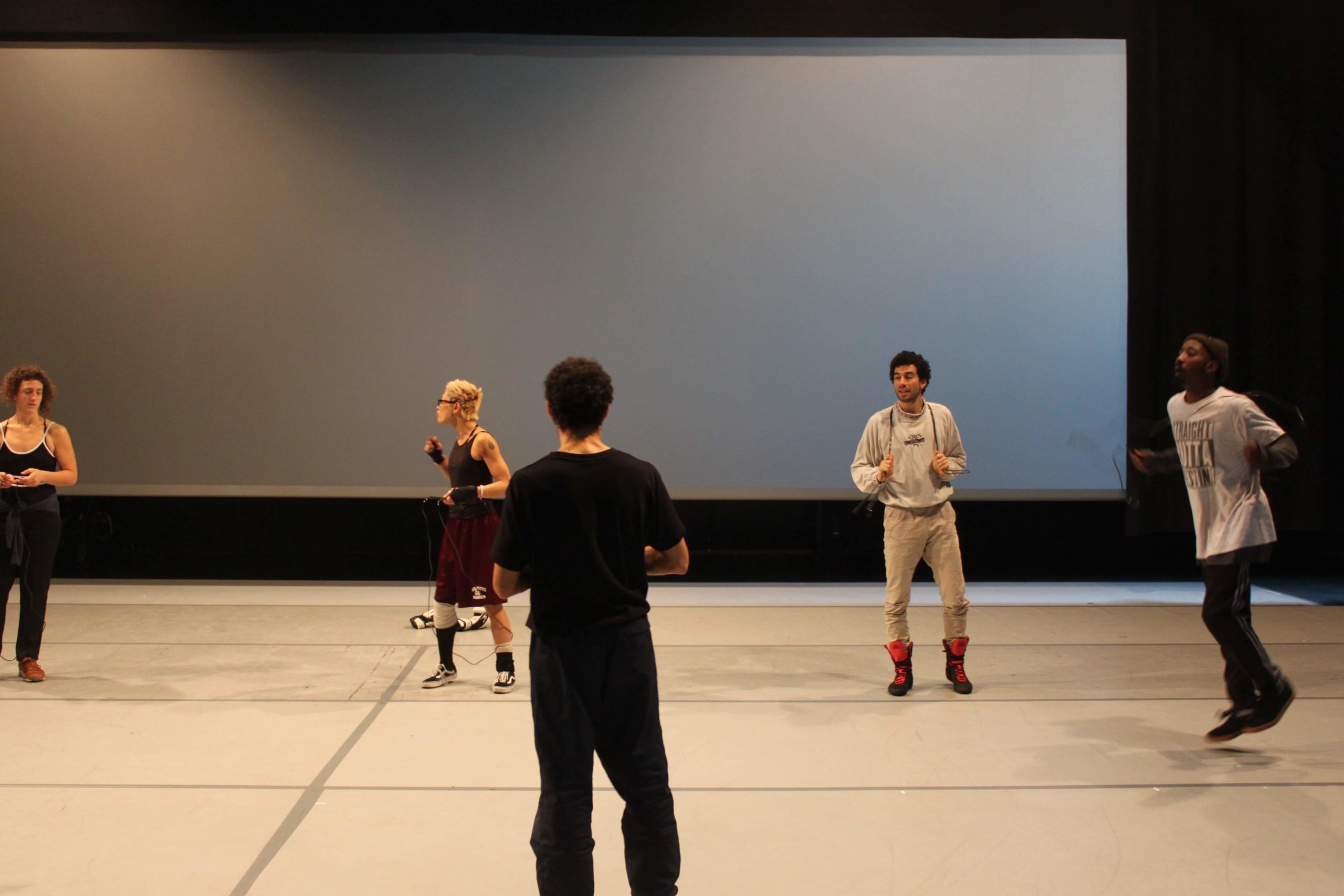
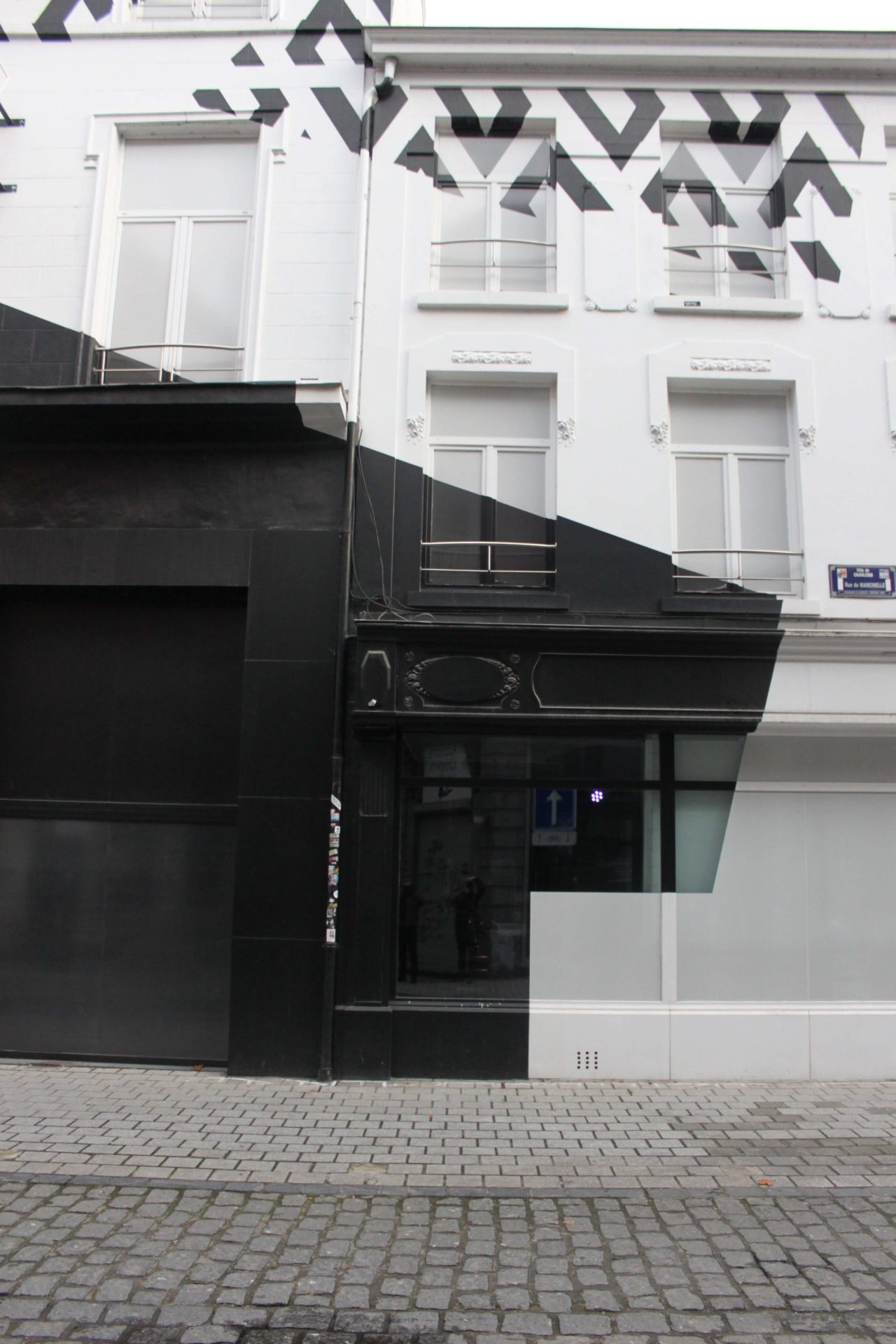
BPS22
Built in 1911 and most recently renovated in 2015, the museum Bâtiment Provincial Solvay 22 (BPS22) is one of the pioneers of Charleroi’s urban development since 2000. The museum was until 2012 animated by the sector of plastic arts. One of the founding principles is the creation of social elevation and interaction through access to art. The museum hosts exhibitions, performances, urban sports, for example the contemporary exhibition Riding Modern Art by Raphaël Zarka (see photos). The museum has many international collaborations, such as le MUDAM (Luxembourg), Palais de Tokyo (Paris) or MuHKA (Anvers). The museum also has residencies for international as well as local artists.
http://www.bps22.be/fr/Expositions
Charleroi Danse
With new management appointed in 2017, the recently developed objective is to make Belgian dance internationally known and recognized. Since 1998, Charleroi Danse is located in the former gendarmerie building, and the former ring of the stables is now a plateau of 400 m2. Today, the refinery La Raffinerie in Molenbeek, Brussels, houses part of Charleroi Danse, or Centre chorégraphique de la Fédération Wallonie-Bruxelles. Its new leader, Annie Bozzini, dreams of reconquering the public in Charleroi through a more popular program and at the same time maintaining a strong position in Brussels. Charleroi Danse has residencies for international dancers and choreographers in residency spaces designed by Jean Nouvel.
http://www.charleroi-danses.be/
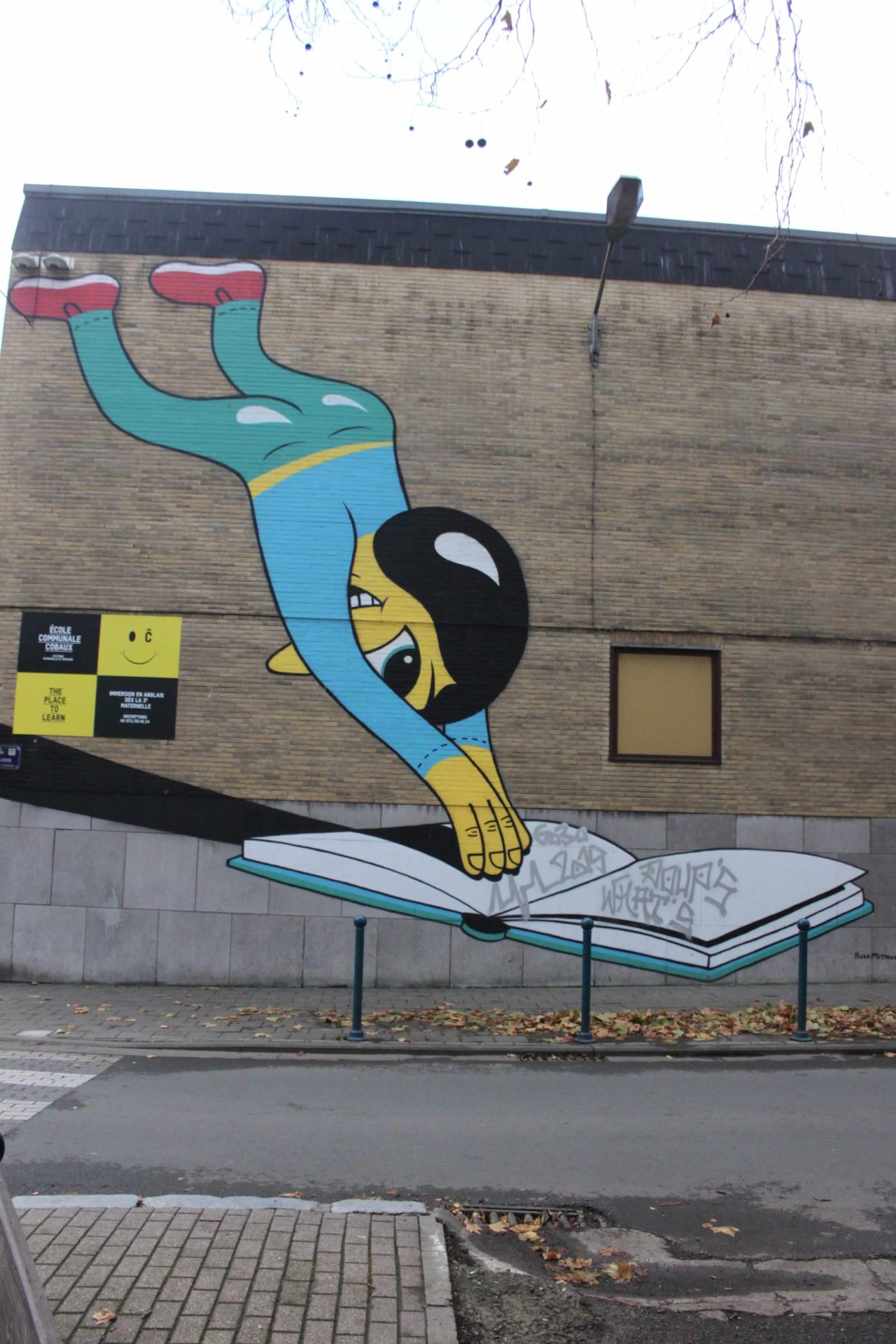
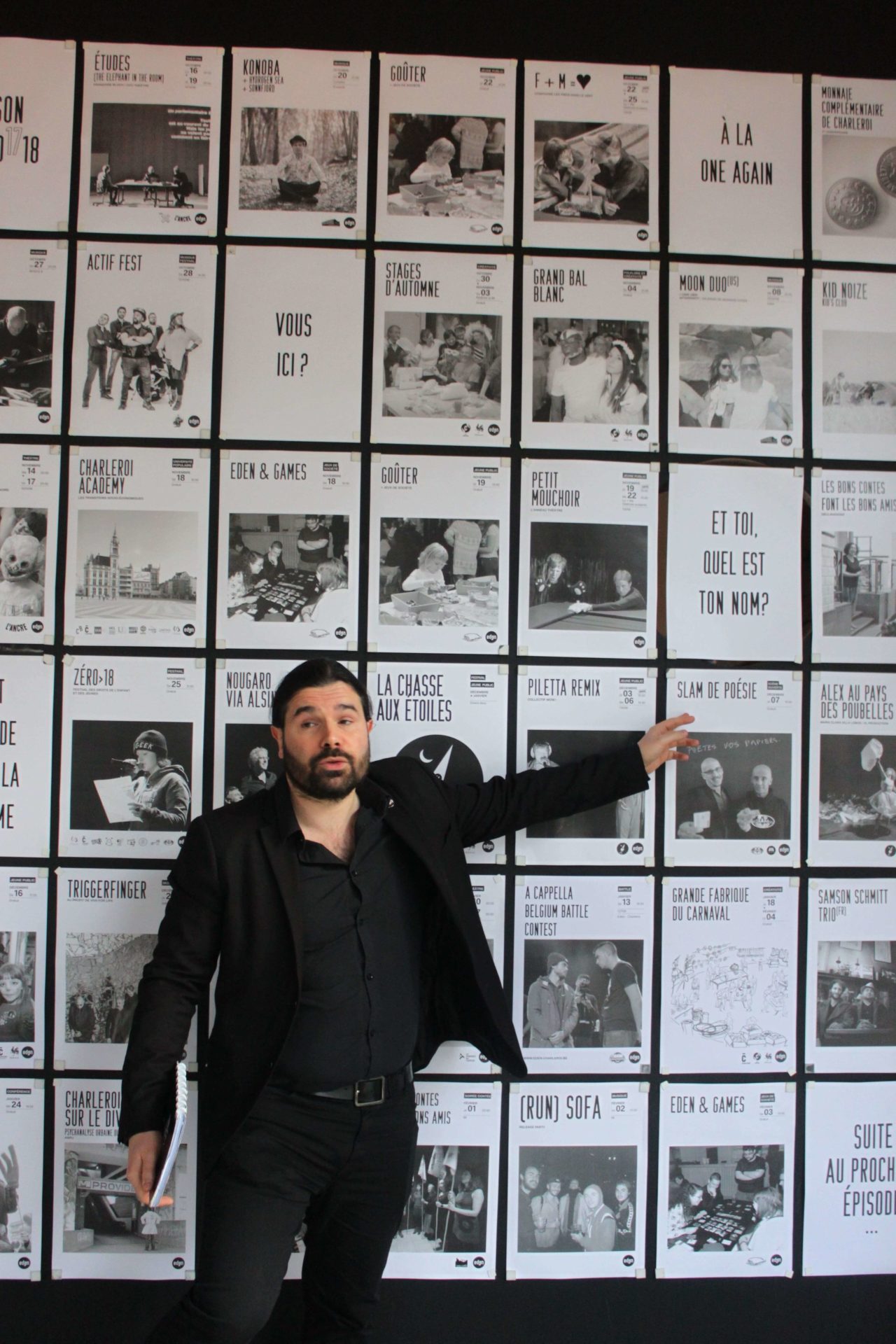
Danish artist Huskmitnavn is one of the many artists whose works you will see wandering down the street, among many others, such as Nicolas Kozakis Star Galaxy, Mon colonel & Spit Tale of Nü Charleroi, and Mira Sanders Le funambule.
